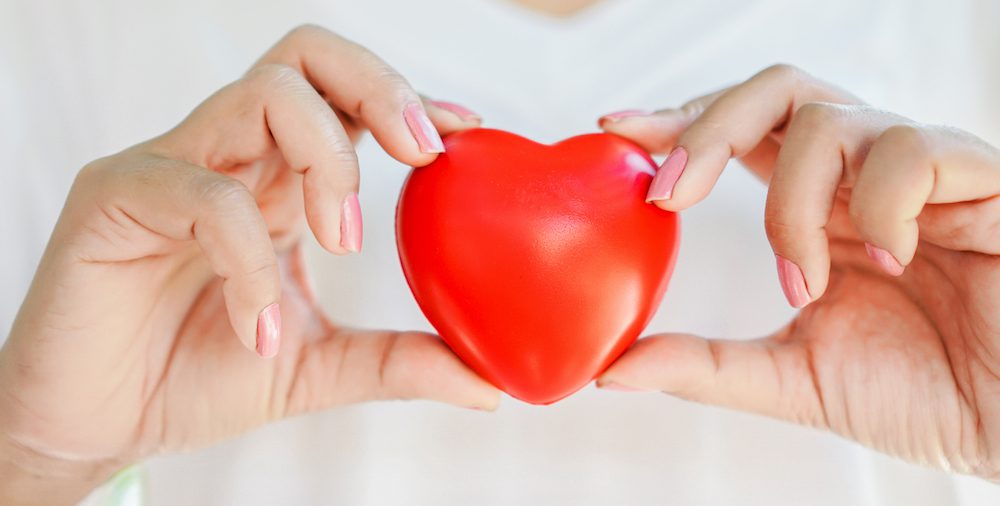Could a silent killer be lurking in your arteries? If you’re one of the 18.3 million Americans with atherosclerosis, the answer could be yes.
References
- Klimchak AC. Lipid treatment and goal attainment characteristics among persons with atherosclerotic cardiovascular disease in the United States. American Journal of Preventive Cardiology. 2020;1, 10010.
- What is atherosclerosis? National Heart Lung and Blood Institute. 2022. https://www.nhlbi.nih.gov/health/atherosclerosis
- Atherosclerosis: Symptoms. National Heart Lung and Blood Institute. 2022. https://www.nhlbi.nih.gov/health/atherosclerosis/symptoms
- Zhu Y. Research progress on the relationship between atherosclerosis and inflammation. Biomolecules. 2018;8(3):80.
- Spagnoli LG. Role of inflammation in atherosclerosis. Journal of Nuclear Medicine. 2007;48(11):1800-1815.
- Ziegler T. Atherosclerosis and the capillary network; pathophysiology and potential therapeutic strategies.Cells. 2019;9(1):50.
- Wlosinska M. Aged garlic extract reduces IL-6: a double-blind placebo-controlled trial in females with a low risk of cardiovascular disease. Evidence-Based Complementary and Alternative Medicine. 2021;2021:6636875.
- Ridker PM. Interleukin-6 signaling and anti-interleukin-6 therapeutics in cardiovascular disease. Circulation Research. 2021;128(11):1728-1746.
- Lindstedt S. Successful improved peripheral tissue perfusion was seen in patients with atherosclerosis after 12 months of treatment with aged garlic extract. International Wound Journal. 2021;18(5):681-691.
- Avishai E. Impaired wound healing: facts and hypotheses for multi-professional considerations in predictive, preventive and personalised medicine. EPMA Journal. 2017;8(1):23-33.
- Acosta S. Diet and lifestyle factors and risk of atherosclerotic cardiovascular disease-a prospective cohort study.Nutrients. 2021;13(11):3822.
- Jimenez-Torres J. Mediterranean diet reduces atherosclerosis progression in coronary heart disease: an analysis of the CORDIOPREV randomized controlled trial. 2021;52(11):3440-3449.
- Haas TL. Regulation of skeletal muscle capillary growth in exercise and disease. Applied Physiology, Nutrition, and Metabolism. 2015;40(12):1221-32.
- do Brito Valente AF. Regular physical exercise mediates the immune response in atherosclerosis. Exercise Immunology Review. 2021;27:42-53.
- Arteriosclerosis/Atherosclerosis. Mayo Clinic. 2022.
- Siasos G. Smoking and atherosclerosis: mechanisms of disease and new therapeutic approaches. Current Medicinal Chemistry. 2014;21(34):3936-48.
This article is for informational purposes only. This article is not, nor is it intended to be, a substitute for professional medical advice, diagnosis, or treatment and should never be relied upon for specific medical advice.

Share this Post